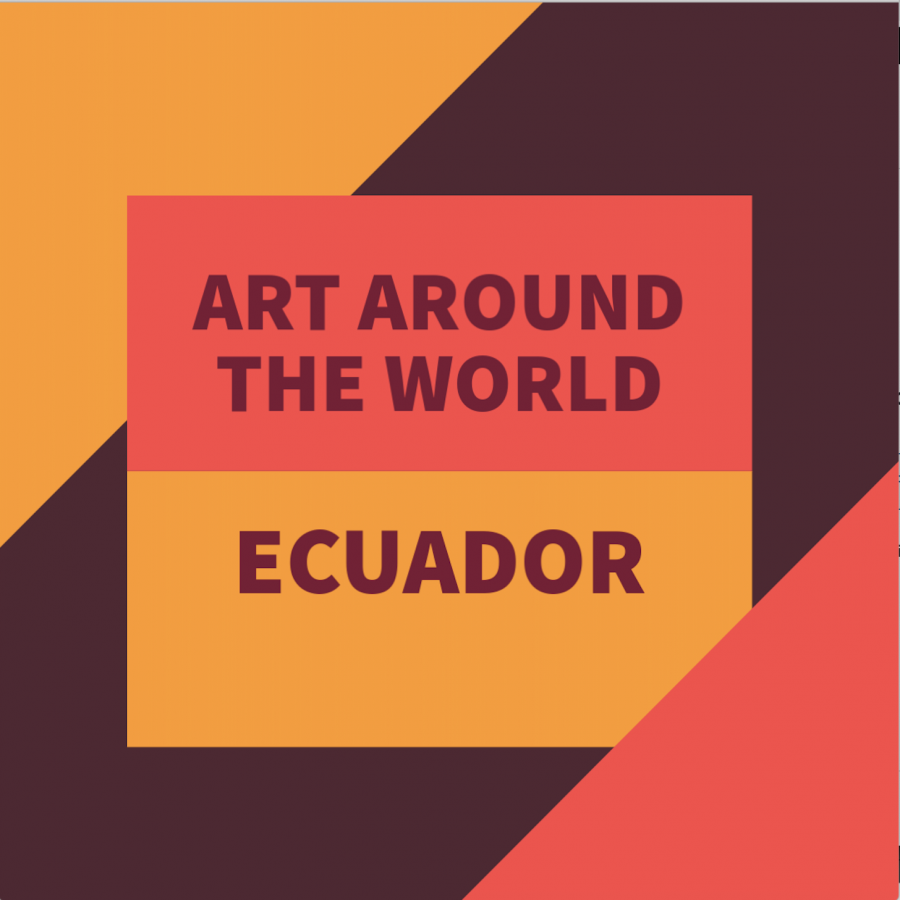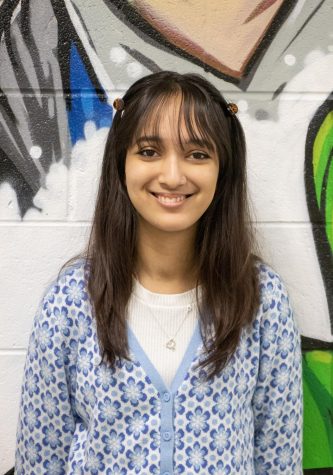Art Around The World: Ecuador
Ecuadorian Art Has A Rich History & Tradition – Enjoy This New Bi-Weekly Feature
September 15, 2020
Before there was language, there was art. Lines in the sand have evolved into doodles on scraps of paper. Paintings on cave walls have switched over to canvases. Now, most people’s immediate response to hearing ‘art’ is renaissance styled paintings or modern-day sketches. But styles and mediums have evolved along with their people, so different parts of the world have their own unique, traditional artwork. In this biweekly feature, we’ll bring you from country to country to see some of these classic creations.
Ecuador is a South American country with a rich history of crafting. Weaving is a key part of their culture. Textile work erupted when Spanish conquistadors began workshops to use their natural skills in the art, and as time continued, new technologies and methods were developed. One of these innovations was the treadle loom, a machine that revolutionized textile production. The people mastered the art of weaving, and with it came the art of trade. Now, traditional weaving is primarily done in the countryside and is frequently sold to curious tourists in markets such as the one in Otavalo Valley.
Most of Ecuador’s traditional work isn’t just beautiful–they have genuine uses too. The Valdavia people’s culture has been preserved through ceramics. Since the pottery was originally designed for practical use, the oldest found creations are simple. As the years went on, they became more refined and detailed. The Venus of Valdivia statues, named for the beautiful women pictured, are now the closest historians and natives can get to their ancestors’ civilization.
These are two of many mediums Ecuadorian artists use, but their special techniques have been combined with other art styles many times throughout history. As the rest of the world fell in love with cubism, Oswaldo Guayasamín put his twist on the style. He used his paintings to raise awareness of the issues facing his people, including poverty and the mistreatment of indigenous peoples in South America. Miguel Betancourt combines the traditional colors and style with modern western art for a new spin on a classic. Isabela Cruz takes her Otavalo heritage and melds its culture into her textile work. She uses classic stories and styles to show her mastery of the medium.
Ecuadorian art has only grown stronger in the past hundreds of years. Modern technology helped ancient arts survive even as their people changed. Ceramics became time capsules of lost cultures, textiles began years of advancement and weaving mastery, and now artists can combine their rich heritage with modern-day artwork. It just goes to show that as people come and go, their creations and impact last forever.







